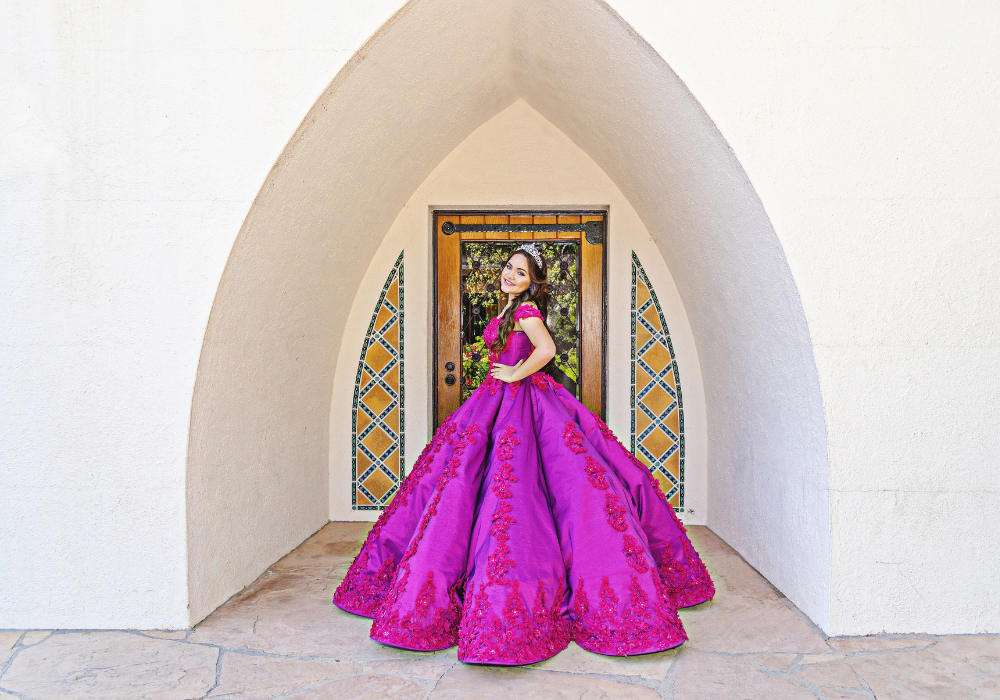The dress, an epitome of femininity and elegance, is a central component in the world of fashion. It has a transformative quality, shaping identities, reflecting cultural changes, and signaling socio-economic status. This article embarks on a journey through the art and evolution of dresses, tracing their impact from historical eras to contemporary times.
1. Historical Significance of Dresses
Dresses have always been more than just attire; they’ve represented the times. The elaborate gowns of the Victorian era spoke of social status and a rigidly structured society, while the flapper dresses of the Roaring Twenties reflected newfound freedoms for women. Similarly, the utilitarian shirtwaists of the 1940s mirrored the practicality needed during World War II, while the free-flowing maxi dresses of the ’60s and ’70s echoed the peace and love ethos of the hippie movement.
2. The Influence of Designers
Iconic fashion designers have left indelible marks on dress design. Coco Chanel revolutionized women’s fashion in the 1920s with her comfortable, chic jersey dresses, freeing women from restrictive corsets. Christian Dior’s ‘New Look’ in the post-WWII era reintroduced femininity and opulence with his cinched waists and voluminous skirts. In the 1970s, Diane von Fürstenberg created the wrap dress, a versatile and flattering design that became a symbol of women’s liberation and power.

3. The Dress in Contemporary Fashion
Today, dresses come in an array of styles, ranging from minimalistic sheath dresses to elaborate ball gowns. Inclusivity and sustainability are key themes in modern dress design. Designers are creating dresses for all body types and sizes, breaking free from historical body norms. Moreover, there’s a growing trend towards eco-friendly materials and ethical manufacturing processes in response to the environmental impact of the fashion industry.
4. The Dress as a Form of Expression
The dress serves as a canvas for individual expression. Whether it’s the glamour of a sequin-covered evening gown or the simplicity of a cotton sundress, a dress can communicate personal style, mood, and attitude. It also allows for cultural expression, with traditional dresses like the Indian saree, Japanese kimono, or African dashiki, playing important roles in cultural preservation and identity.
5. Impact of Technology on Dress Production
Technological advancements have significantly impacted the way dresses are designed, produced, and marketed. Computer-aided design software allows for detailed sketches and 3D modeling. Digital printing technologies enable intricate patterns and color combinations. E-commerce platforms have transformed the way dresses are sold, making them accessible to a global audience.
6. The Future of Dresses
The future of dresses is set to be as varied and dynamic as their past. With the rise of smart textiles, dresses of the future might interact with the wearer’s body, changing color with mood or measuring vital signs. The growing movement towards sustainability could lead to more dresses made from recycled or organic materials. And as society continues to challenge gender norms, we may see more men embracing the dress as a form of self-expression.
7. Conclusion
Dresses, in their myriad forms, have played a critical role in fashion, reflecting societal changes, cultural values, and individual expression. Their evolution charts a path through history, showcasing shifts in socio-economic norms, artistic visions of designers, and technological advancements. As we move into the future, dresses will continue to evolve, adapting to new materials, social changes, and cultural influences, while remaining an iconic symbol of style and femininity.





